It’s no trade secret that collaboration bears the sweetest fruit. The obvious example of such perfectly ripened yield is the work of John Lennon and Paul McCartney, two brilliant musicians in their own rights, but magnitudes better when together. Compare just the second side of Magical Mystery Tour (host to classics like “Penny Lane,” “Strawberry Fields Forever,” and, of course, “All You Need Is Love”) with the the entirety of Wings’ or The Plastic Ono Band’s discography. There’s no comparison. Brilliance cultivates brilliance.
The great shame is that creative relationships are often cut short. Perhaps it’s the added pressure of success, perhaps the ever-growing ego of the artist, perhaps death by a million cuts. In regards to The Beatles’ break-up, Lennon told Rolling Stone, “The fuckin’ fans tried to beat me into being a fuckin’ Beatle or an Engelbert Humperdinck, and the critics tried to beat me into being Paul McCartney.”
What broke up The Beatles? Not Yoko Ono. Not John Lennon. Not Brian Epstein’s death. It was a lack of personal identity.
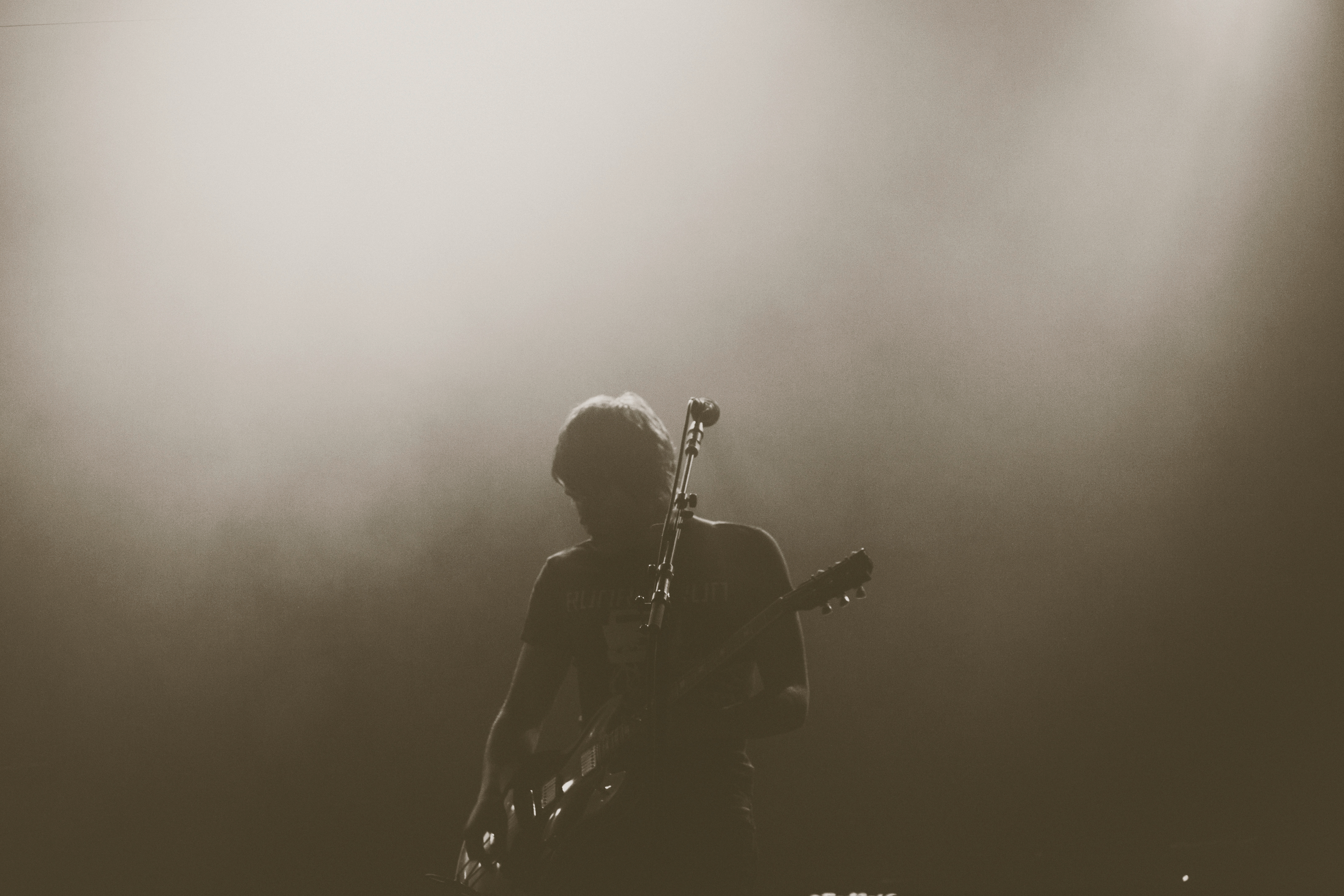
Photo by Markus Spiske
Artists everywhere fall prey to the same trap. Recall the old adage that to love another, one must first learn to love oneself. If fulfillment, longevity, and productivity are the goals in collaboration, one must maintain a committed relationship with the self.
We spoke to a couple of collaborative artists on how they manage that relationship.
Ash Matthews of Smart Boy Studios in Dayton, Ohio is a hip-hop producer and studio engineer. He says that in his typical producer-performer relationship, both parties share equal ownership of the final product, but he prefers to act as a supplement to an artist’s existing vision.
“I think [artists] expect me to take an idea that’s inside of their head and bring it to life,” he says. His is not a collaboration of conflicting visions, but of understood roles. “I would say that I think I am very self-aware. I know my skill set, and I know where to apply myself.”
Likewise, he prefers his artists to arrive to a session prepared.
“…I need to anticipate [artists] coming in with a half-baked idea or… needing to finish writing. These aren’t necessarily bad things for me, but I try to influence them to be more prepared since they are essentially costing themselves time and money.”
To Ash Matthews — and this is an opinion shared throughout the hip-hop community — effective collaboration is about delegation of responsibility. If he is doing his job right, and everyone else is doing the same, then nobody can walk away unhappy.
Nicole Conflenti is Director of The Catalyst Sessions, an online video series that features on-location performances of emerging musicians. Her work has brought her from L.A. to Scotland, to NPR Music’s offices in New York.
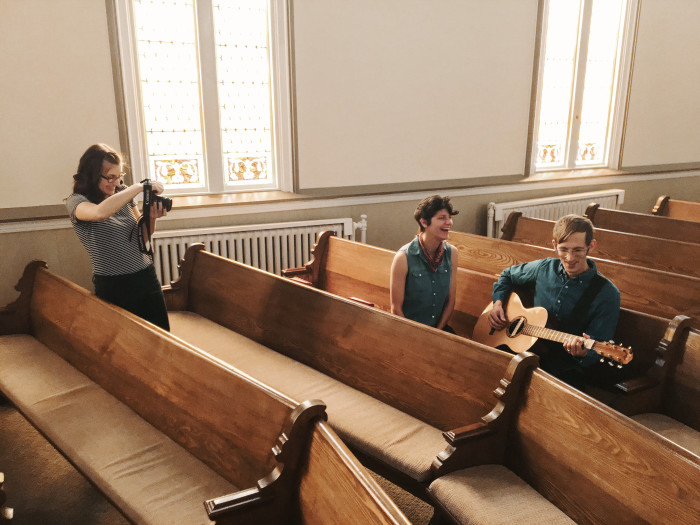
Photo by Nicole Conflenti
She is a vessel, shes says, for “musicians [to] communicate whatever thoughts, feelings, or ideas they are trying to convey through their music.”
“When I feel passionately about a musician, I will trust their judgment and I ask that they trust mine. I don’t want them to feel like I’m making a video for them, I want them to feel like we are making a video together.”
Yet, despite her best intentions, mutual trust doesn’t always manifest.
She spoke of one instance wherein an artist’s vision conflicted with hers and led the video session astray. Not only did the final performance lack passion, “it was tainted for [her]… [She] felt like [she] had failed [the artist].” It wasn’t either person’s fault, she insists. Instead, Nicole blames the failed session on complacent communication.
“My work would probably be easier if I worked according to only my own expectations. But would it be fulfilling?”
That’s a question to pose to John Lennon, if he were around to answer it. Did he and Paul have a trusting relationship? At some point, sure. But deteriorating communication rooted in self-doubt eventually tore them apart. Working according to only one’s own expectations is an easy way out. Working according to another’s expectations is selling one’s self short. Perhaps, then, the best state in which to enter a collaborative relationship is one like water, willing to flow under the jagged cliffs left pointing up after the first flood.
“The most beautiful and rewarding part about collaboration,” Conflenti says, “is the act of creating something new together. I have learned so much from the musicians I have worked with, and I will always be grateful to Catalyst for that.”
Find Ash Matthews’ work at Smart Boy Studios
Find Nicole Conflenti’s work at The Catalyst Sessions
Featured photo by Priscilla.

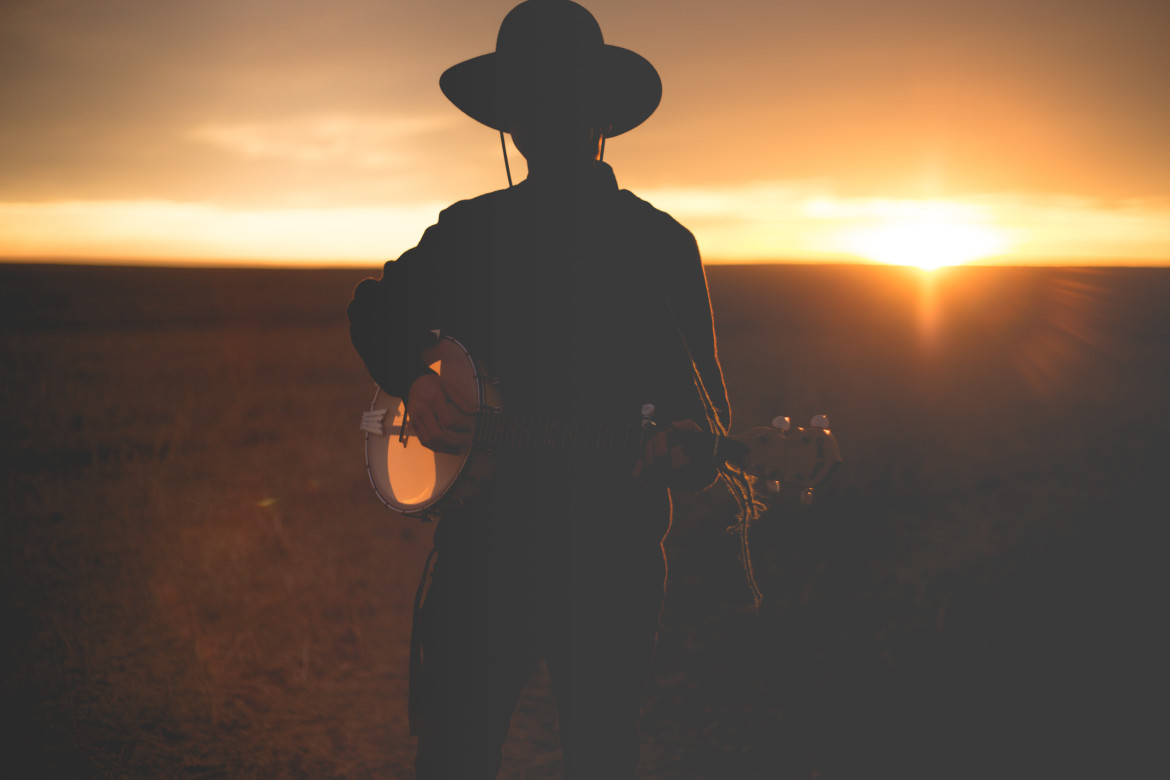





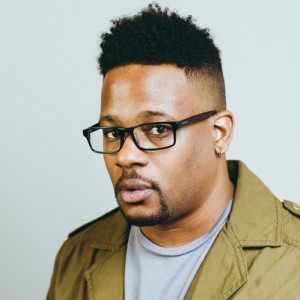
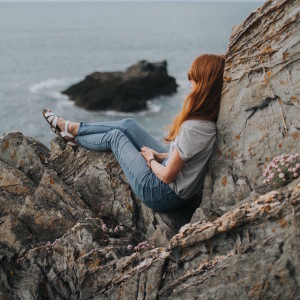
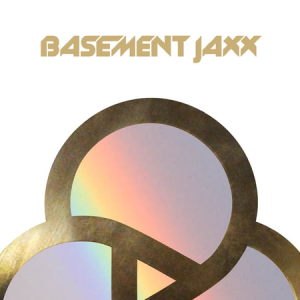
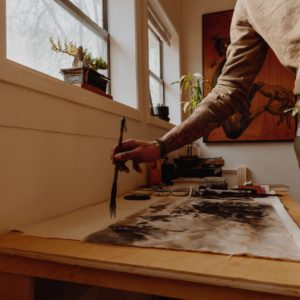
Leave a reply